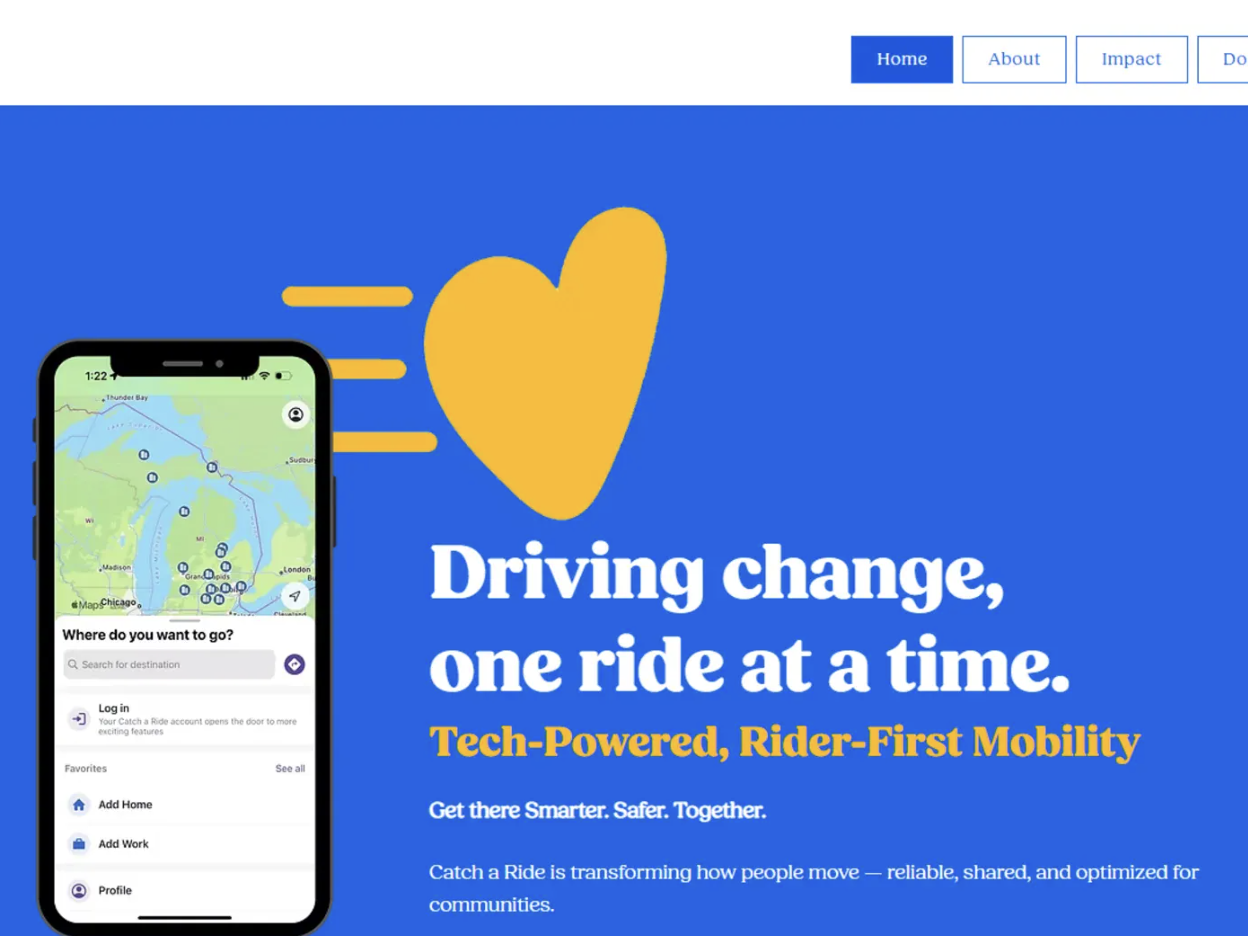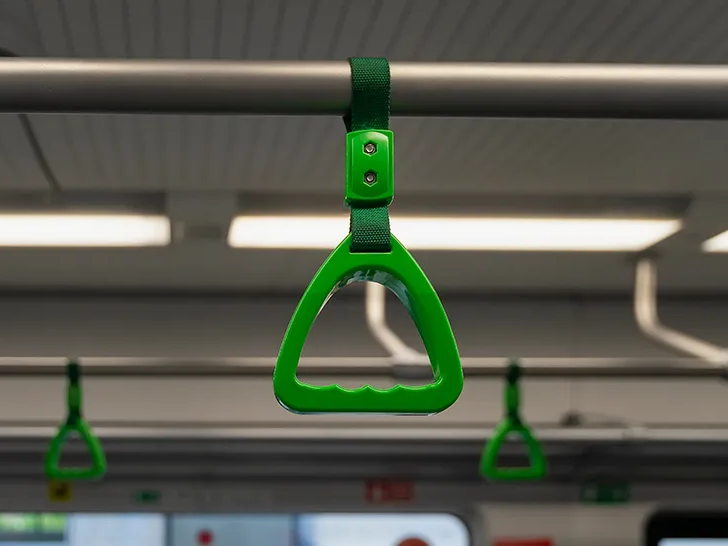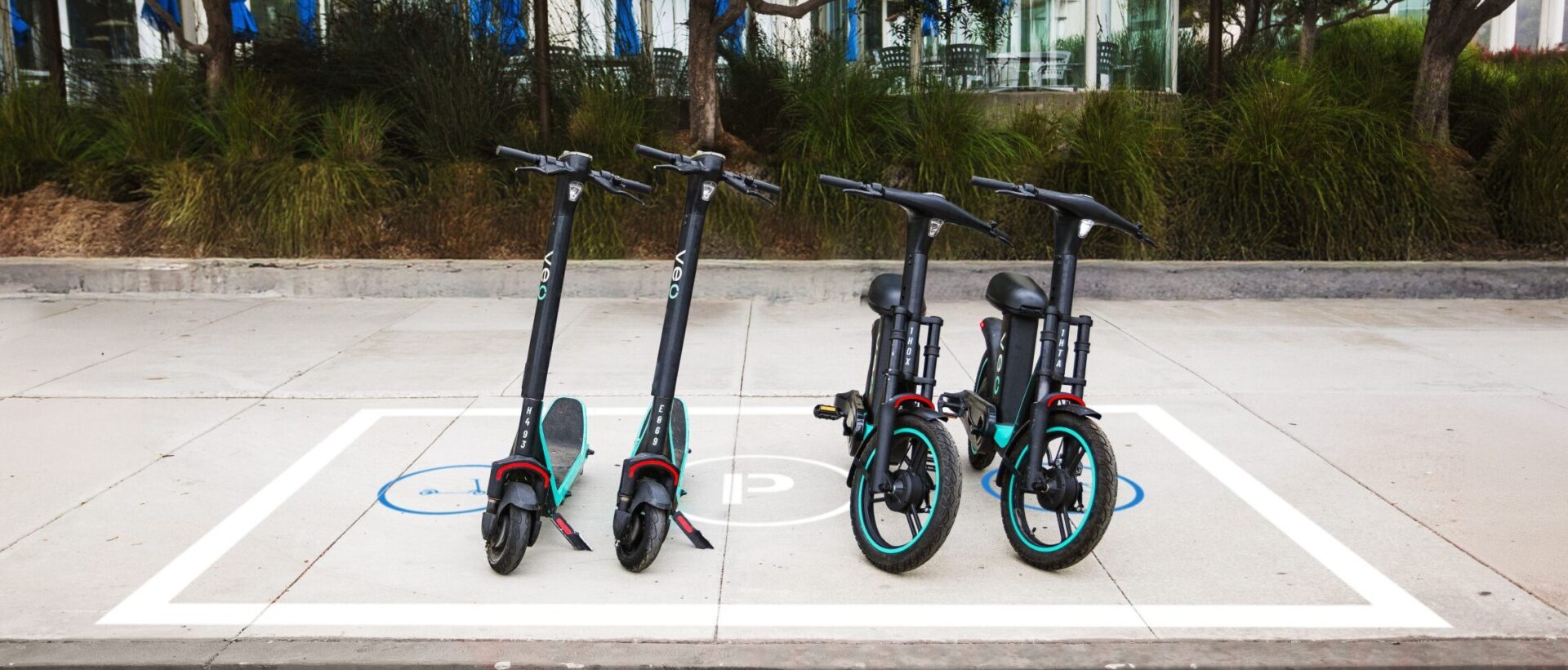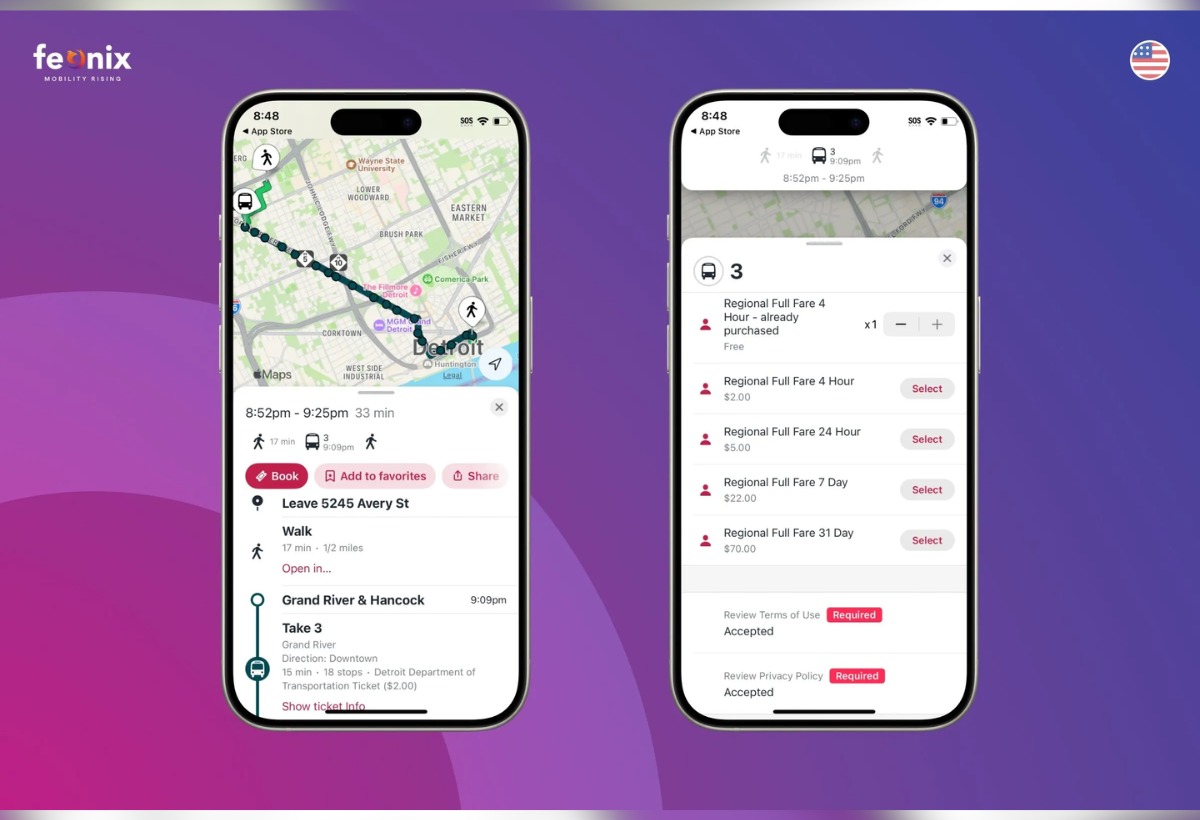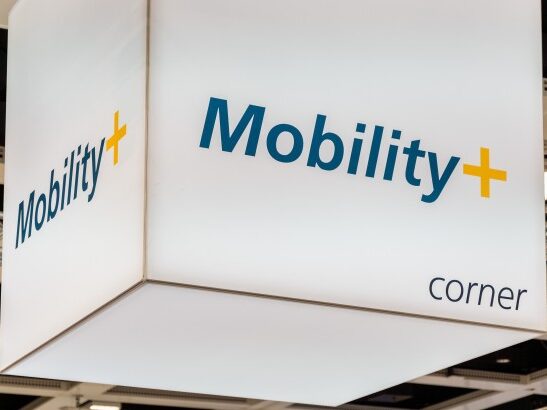Navigating the Roadblocks: How Mobility-as-a-Service Can Transform NDIS Transport Delivery

Introduction
The National Disability Insurance Scheme (NDIS) represents a monumental shift in the way Australia supports people with disabilities. Launched with the vision of providing individualized support, the NDIS aims to empower its participants by offering greater choice and control over the services they receive. However, one critical area where the NDIS continues to face significant challenges is in delivering effective and accessible transport solutions to its user base. Transportation is not just about mobility; it’s about enabling participation in society, accessing essential services, and improving quality of life.
As Australia grapples with these challenges, innovative solutions like Mobility-as-a-Service (MaaS) are emerging as potential game-changers. Companies like SkedGo are at the forefront of this revolution, offering tailored solutions that could be adapted to address the specific needs of NDIS participants. Programs such as SkedGo’s Catch-a-Ride hold promise in alleviating some of the persistent issues faced in NDIS transport delivery.
The Challenges of NDIS Transport Delivery
Despite its well-intentioned framework, the NDIS faces several hurdles in providing efficient transportation to its participants:
- Complex funding structures: The NDIS funding model for transport is intricate, often leaving participants confused about what is covered and how to access services. The cap on transport funding can be restrictive, limiting the mobility of those who need it most.
- Accessibility issues: Not all public transport options are accessible to people with disabilities. From inadequate infrastructure to a lack of staff training, participants often encounter barriers that hinder their independence.
- Geographical disparities: Rural and remote areas face a scarcity of transport options. The limited availability of accessible vehicles and services in these regions exacerbates isolation for many NDIS participants.
- Coordination and fragmentation: The transport ecosystem is fragmented, with multiple providers operating independently. This lack of coordination leads to inefficiencies and overlaps, making it difficult for participants to navigate available options.
- Technological gaps: There’s a significant underutilisation of technology in streamlining transport services. Many existing systems are outdated and not user-friendly, which poses challenges for participants who rely on assistive technologies.
Mobility-as-a-Service: A Beacon of Hope
Mobility-as-a-Service (MaaS) is an integrated approach that combines various forms of transport services into a single, accessible on-demand platform. MaaS aims to simplify the planning, booking, and payment processes for users, offering a seamless travel experience. Here’s how MaaS can address NDIS transport challenges:
- Personalised mobility solutions: MaaS platforms can tailor transport options based on individual needs, preferences, and accessibility requirements, ensuring that participants receive services that best suit them.
- Unified platform: By aggregating multiple transport providers, MaaS eliminates fragmentation, making it easier for participants to find and use services without navigating multiple systems.
- Real-time information: Participants can receive real-time updates on service availability, delays, and alternative options, enhancing their ability to plan and adjust their travel as needed.
- Cost efficiency: MaaS can optimise routes and services, potentially reducing costs for both providers and users. This efficiency can lead to better use of NDIS transport funding.
- Data-driven insights: The data collected through MaaS platforms can inform policy decisions, identify service gaps, and improve overall transport planning for people with disabilities.
SkedGo’s Innovative Solutions

SkedGo is a pioneer in the MaaS landscape, offering customizable technology solutions that integrate various modes of transportation into a single user-centric platform. Their approach focuses on inclusivity, sustainability, and efficiency.
Catch-a-Ride Program
One of SkedGo’s notable initiatives is the Catch-a-Ride program. Originally designed for the US market, this program is highly relevant for Australia as it embodies principles that could be adapted to the Australian context to benefit NDIS participants:
- Accessibility first: Catch-a-Ride prioritises accessible transport options, ensuring that vehicles and services meet the diverse needs of users with disabilities.
- Community integration: The program fosters partnerships with local transport providers, community organisations, and governments to expand service reach, particularly in underserved areas.
- User empowerment: By providing an easy-to-use platform, Catch-a-Ride empowers users to make informed choices about their transport options, enhancing independence and confidence.
Adapting to Australian Specifics
Adapting SkedGo’s solutions to the Australian context involves:
Compliance with NDIS regulations: Ensuring that the platform aligns with NDIS funding models and reporting requirements.
Localisation of services: Incorporating local transport providers, including specialised disability transport services, into the platform.
Cultural sensitivity: Addressing the unique needs of Indigenous communities and culturally diverse populations within the NDIS framework.
Scalability: Designing the platform to accommodate the vast geographical spread of Australia, from urban centers to remote regions.
Potential Impact on NDIS Transport Challenges
Implementing SkedGo’s MaaS solutions could lead to significant improvements in the NDIS transport landscape:
Enhanced accessibility: Participants would have greater access to a variety of transport options tailored to their specific needs.
Improved efficiency: Streamlined booking and payment processes would reduce administrative burdens for both users and providers.
Cost savings: Optimised routes and shared services could lower operational costs, allowing for more effective use of NDIS funds.
Increased independence: With more control over their transport options, participants can engage more fully in employment, education, and social activities.
Data-driven improvements: Insights gained from platform usage can guide future enhancements in transport services and NDIS policies.
Conclusion
The challenges faced by the NDIS in delivering effective transport solutions are complex but not insurmountable. Embracing innovative approaches like Mobility-as-a-Service offers a pathway to overcoming these hurdles. SkedGo’s solutions, particularly the adaptable Catch-a-Ride program, present a promising opportunity to revolutionize the way NDIS participants access transportation.
By integrating technology, fostering collaboration, and centering the needs of people with disabilities, we can create a more inclusive and efficient transport system. It’s time for stakeholders—government agencies, service providers, and technology innovators—to come together and drive this transformation. The road ahead may be challenging, but with the right tools and collective will, we can ensure that all Australians have the mobility they need to live full and connected lives.
This article was originally published by SkedGo.






